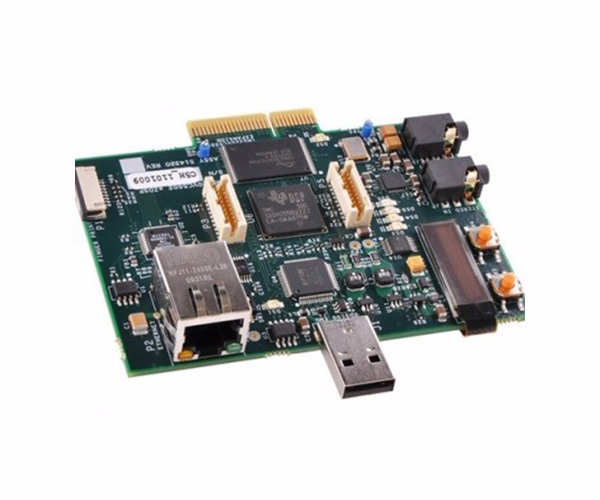Usually the same PCB circuit board needs to be processed by SMT patch processing, flow soldering, wave soldering, rework and other processes, which are likely to form different residues. Under a humid environment and a certain voltage, electrochemical reactions may occur with the conductors., Causing a drop in surface insulation resistance (SIR). If electromigration and dendritic crystal growth occur, short circuits between wires will occur, causing the risk of electromigration (commonly known as "leakage").
In order to ensure electrical reliability, it is necessary to evaluate the performance of different no-clean fluxes. The same PCB should be used as much as possible to use the same flux or be cleaned after soldering.

Through the reliability analysis of the mechanical strength of solder joints, tin whiskers, voids, cracks, cellularity of intermetallic compounds, mechanical vibration failure, thermal cycle failure, and electrical reliability, any failure is more likely to occur in the existing On the solder joints with the following defects: after soldering, the thickness of the intermetallic compound is too thin or too thick: there are cavities and micro cracks inside or at the interface of the solder joint; the wetted area of the solder joint is small (the component solder end and the pad overlap size deviation Small): The microstructure of the solder joint is not dense, the crystal particles are large, and the internal stress is large. Some defects can be detected by visual inspection, AOI, X-ray, such as small overlap size of solder joints, pores on the surface of solder joints, more obvious cracks, etc. However, the microstructure, internal stress, internal voids and cracks of the solder joints, especially the thickness of intermetallic compounds, these hidden defects are invisible to the naked eye, and cannot be detected by manual or automatic inspection of SMT processing. It is necessary to use various reliability tests and analyses for testing, such as temperature cycling, vibration test, drop test, high temperature storage test, damp heat test, electromigration (ECM) test, highly accelerated life test and highly accelerated stress screening; then proceed Electrical and mechanical properties (such as solder joint shear strength, tensile strength) are tested; finally, the judgment can be made through visual inspection, X-ray fluoroscopy, metallographic section, scanning electron microscope and other tests and analysis.
It can also be seen from the above analysis: hidden defects increase the long-term reliability of PCBA lead-free products with uncertain factors. Therefore, the current high-reliability products have been exempted; both visible defects and hidden defects are due to lead-free high tin, high temperature, small process window, poor wettability, material compatibility issues, and design, Process, management and other factors.
Therefore, it is necessary to consider the compatibility between lead-free materials, the compatibility of lead-free and design, and lead-free and process from the beginning of the design of PCBA lead-free products; fully consider heat dissipation issues; carefully select PCB plates and soldering Disc surface layer, components, solder paste and flux, etc.; SMT process optimization and process control are more detailed than when lead soldering; material management is more rigorous and meticulous.